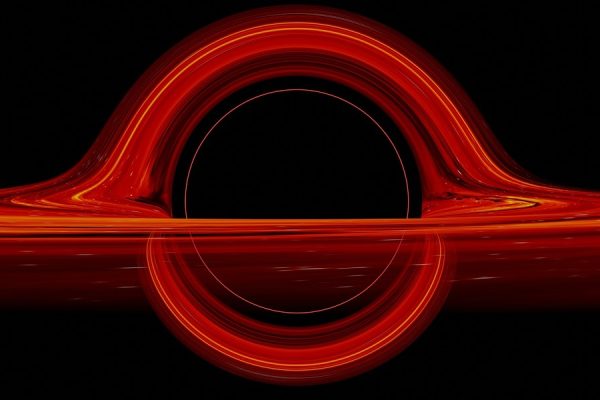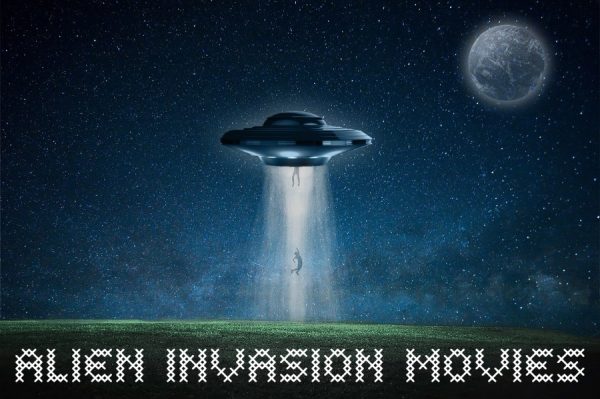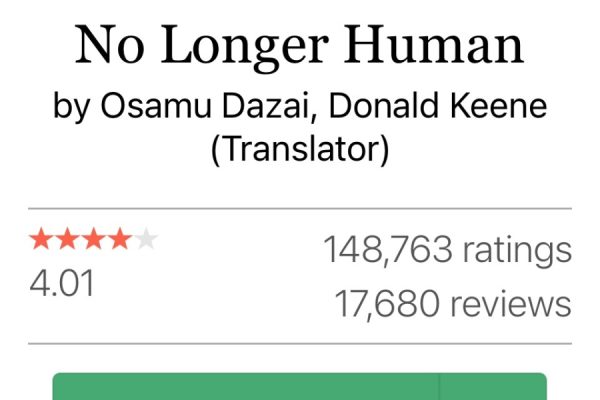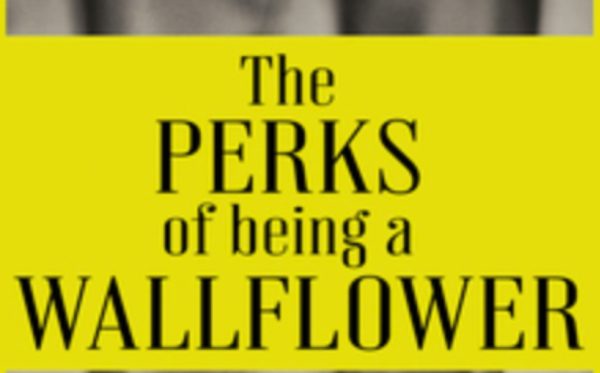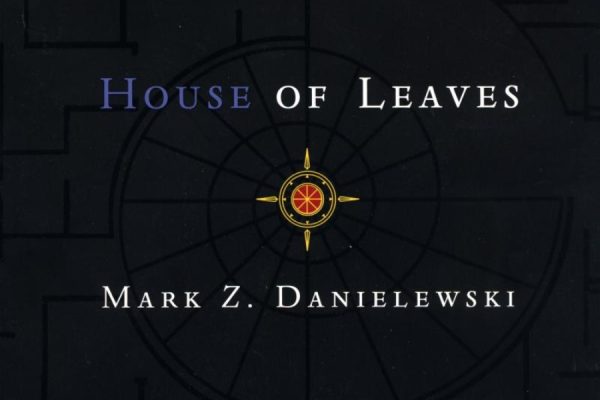Movie Review: Raging Bull
Public domain image from tixonov_valentin (Pixabay)
Raging Bull is a classic DeNiro movie about Jake LaMotta.
Raging Bull, directed by Martin Scorsese, is a cinematic masterpiece that inspects the life and struggles of boxing champion Jake LaMotta. Released in 1980, this film has become a timeless classic, renowned for its powerful performances, top-tier cinematography, and experienced exploration of human flaws.
At its core, Raging Bull is not merely a boxing film; it is a character study of a deeply flawed individual. Robert De Niro delivers a career-defining performance as Jake LaMotta, portraying him as a complex and troubled man consumed by his own inner demons.
De Niro’s dedication to the role is evident in his physical transformation, where he gained 60 pounds just for one scene to embody the raw intensity and brutality of a boxer in and out of the ring. His portrayal of LaMotta’s aggressive nature and self-destructive tendencies is both captivating and devastating.
Scorsese’s direction in Raging Bull is nothing short of masterful. Through his innovative use of black and white cinematography, he creates a gritty and raw visual appearance that perfectly complements the film’s themes.
The boxing sequences are impeccably choreographed, capturing the brutal nature of the sport while also serving as a metaphor for LaMotta’s personal battles. The chaotic camera work and close-ups immerse the audience in the intensity of the fights, making each blow feel visceral and impactful.
Raging Bull is world-renowned for having some of the best cinematographic shots of all time. One shot specifically is shown in film schools all around the world. This shot depicts La Motta up against the ropes in the famous St. Valentine’s Day Massacre fight. The scene depicts him silently staring at Robinson in what has to be one of the most haunting movie scenes I’ve ever watched. Everything from the sound to the camera angles, to the coloring of the scene is perfect.
The supporting cast of Raging Bull is equally breathtaking. Joe Pesci delivers a standout performance as Joey LaMotta, Jake’s brother, and manager. The chemistry and tension between De Niro and Pesci is palpable, with their turbulent relationship adding depth and authenticity to the narrative. Cathy Moriarty, in her breakout role as Vickie LaMotta, brings vulnerability and strength to the character, serving as a reason for much of Jake’s internal struggle.
One of the film’s greatest strengths lies in its exploration of the darker aspects of the human condition. Raging Bull investigates themes of jealousy, insecurity, and self-destruction, depicting LaMotta’s relentless pursuit of success and validation at the expense of his personal relationships.
The film doesn’t shy away from portraying the consequences of his actions, ultimately painting a complex portrait of a deeply flawed man.
These themes are especially prominent after Jake finds out about his wife’s infidelity towards him with his own brother. Jake’s life after finding this out begins to spiral down, he goes bankrupt, gains an immense amount of weight, and ends up in jail.
The screenplay, written by Paul Schrader, who wrote Taxi Driver for Scorsese and De Niro in 1976, and Mardik Martin, skillfully captures the essence of LaMotta’s life, drawing from his autobiography. The dialogue is sharp and poignant, providing insight into the characters’ motivations and inner turmoil. The script, combined with Scorsese’s direction and the talented performances, creates a deeply immersive and emotionally charged experience.
Raging Bull is a cinematic masterpiece that continues to captivate audience’s decades after its release. With its powerful performances, stunning cinematography, and uncanny exploration of human nature, the film stands as a testament to the artistic brilliance of Martin Scorsese and Robert De Niro. It is a gripping and innate journey that transcends the boxing genre, leaving a lasting impact on anyone who watches it.



